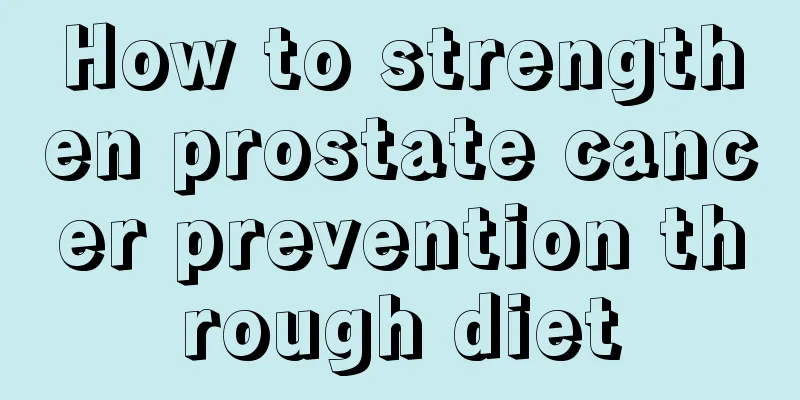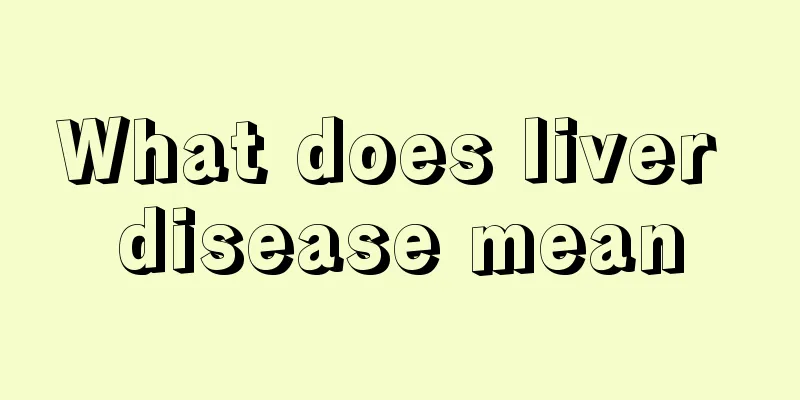What to eat to supplement nutrition when having a fever

|
Colds and fevers are common diseases in our lives, especially when the seasons change and the weather fluctuates between hot and cold. It is easiest to catch a cold and fever. Generally, the elderly and children have poor resistance and are easily attacked and infected by bacteria and viruses. For patients with fever, they must get enough rest, drink plenty of water, and eat more nutritious food to recover quickly. What food can help children recover quickly from cold and fever? For children with fever, they must be given plenty of water, supplemented with large amounts of inorganic salts and vitamins, and provided with appropriate amounts of heat energy and protein. They must mainly eat liquid and semi-liquid diets, and are encouraged to eat small and frequent meals. Common liquid foods include: (1) Milk. Milk can provide children with a certain amount of protein, and adding an appropriate amount of rice soup can provide some carbohydrates. (2) Rice soup. Rice soup can provide children with carbohydrates, and it has sufficient water content, making it easier for sick children to absorb it through their stomachs. Boil the rice until it is soft and remove the residue to get rice soup. (3) Mung bean soup. Mung beans are benign and have the effects of clearing away heat, detoxifying and relieving summer heat. (4) Fresh fruit juice. In summer, you can drink watermelon juice, which has the effects of clearing away heat, quenching thirst, and diuresis; in autumn and winter, you can drink fresh pear juice, which has the effects of moistening the lungs, clearing the heart, relieving cough, and removing phlegm; fresh orange juice has the effects of removing dampness, resolving phlegm, clearing the lungs, and unblocking the meridians. Common semi-liquid foods include porridge, eggs, and soft noodles. It is worth noting that liquid food is generally consumed during the acute phase of illness, and semi-liquid food is consumed during the recovery phase or fever-reducing phase. If a child with a fever has a poor appetite, do not force him to eat, so as to avoid stomach discomfort and vomiting after eating, but be sure to pay attention to replenishing water. In addition, do not suddenly add food that the child has not eaten before during the fever period to avoid diarrhea. How to adjust the diet when children have a cold and fever? 1. Stay hydrated Water is better than medicine. When you have a fever and sweat a lot, it is necessary to drink warm water frequently to replenish your body. For infants under six months old, continue to breastfeed. Breast milk is easy to digest, can meet nutritional needs, and replenish water. For artificial feeding, you can feed diluted whole milk, that is, 2 parts of milk powder plus 1 part of water (2:1). Although the baby's milk intake is reduced at this time, the water is supplemented, which is more conducive to the baby's digestion and absorption. It is advisable for young children to drink boiled water when they have a fever. They can be fed some boiled water appropriately to supplement the body's vitamin C and enhance disease resistance. Drink enough water to keep your lips moisturized, but don't drink too much. 2. Liquid diet For young children with fever, the diet should mainly consist of liquid food, such as milk, lotus root powder, milk (with less oil), etc. You can also drink some mung bean soup or ice watermelon to help cool down, promote diuresis and fight disease. However, for infants (less than 6 months old) with diarrhea, who have poor resistance, weak gastric motility, and poor tolerance of gastric mucosa, cold drinks are not conducive to physical recovery and should be avoided. When the child's body temperature drops and his appetite improves, he can be fed semi-liquid food, such as minced meat porridge, noodles, rice porridge, egg drop porridge, and some easily digestible food (fish). The diet should be light and easily digestible, with less oil and salt, and small meals. Spicy and irritating foods should be avoided. But there is no need to avoid certain foods to prevent malnutrition and decreased resistance. 3. Take sugar and salt water If a young child has fever and diarrhea, the medicine can be taken multiple times. Take sugar and salt water. The preparation ratio is 500 ml of water, one teaspoon of sugar and half a bottle cap of salt. 500 ml can be taken within 4 hours. At the same time, you can supplement with electrolyte foods such as citrus, bananas and other fruits (high in potassium and sodium), milk and soy milk (containing calcium), rice soup, and pasta (containing zinc). For those with more severe symptoms, they should temporarily fast and receive intravenous drips to replenish water and electrolytes. After the diarrhea and vomiting are relieved, you can eat liquid food, such as rice soup, filtered vegetable juice, lotus root powder, etc., but you should avoid milk and soy milk (which can easily produce gas). Children with fever and cough should not eat too much to prevent vomiting. They should eat easily digestible food and less seafood and salty and greasy food to prevent allergies and coughing and aggravate symptoms. |
<<: What are the nutritional heart drugs
>>: What kind of spots appear on the face?
Recommend
What blood type will a child born from blood type O and blood type AB have?
Blood type is hereditary, but it is not simply th...
Diet therapy for severe vomiting after gastric cancer surgery
There are many reasons for vomiting in patients w...
What is the cause of lymphoma and how to prevent it
Every disease has a certain cause. If you want to...
Be more careful to prevent heat stroke in the beginning of autumn
Should we be more careful about preventing heatst...
How to detect breast cancer in its early stages
Breast cancer is the most common malignant tumor ...
Uremia can be detected by B-ultrasound
Uremia, also known as chronic renal failure, has ...
Dietary taboos during the recovery period of endometrial cancer
For patients with endometrial cancer, after surge...
How should we take preventive measures against breast cancer?
Breast cancer is one of the cancer diseases. The ...
What's wrong with stomach acid
In our daily lives, especially during festivals, ...
Why does colorectal cancer favor young people?
Colorectal cancer has become one of the most comm...
What is the best way to treat ringworm?
Diseases such as tinea corporis and tinea corpori...
What are the surgical methods for bladder cancer
What are the surgical options for bladder cancer?...
Foods that easily cause flatulence
Bloating may be a symptom of stomach or intestina...
Spring Festival phobia
Spring Festival phobia is a relatively common pho...
Telling what are the symptoms of prostate cancer
Prostate cancer is a common cancer disease in men...









